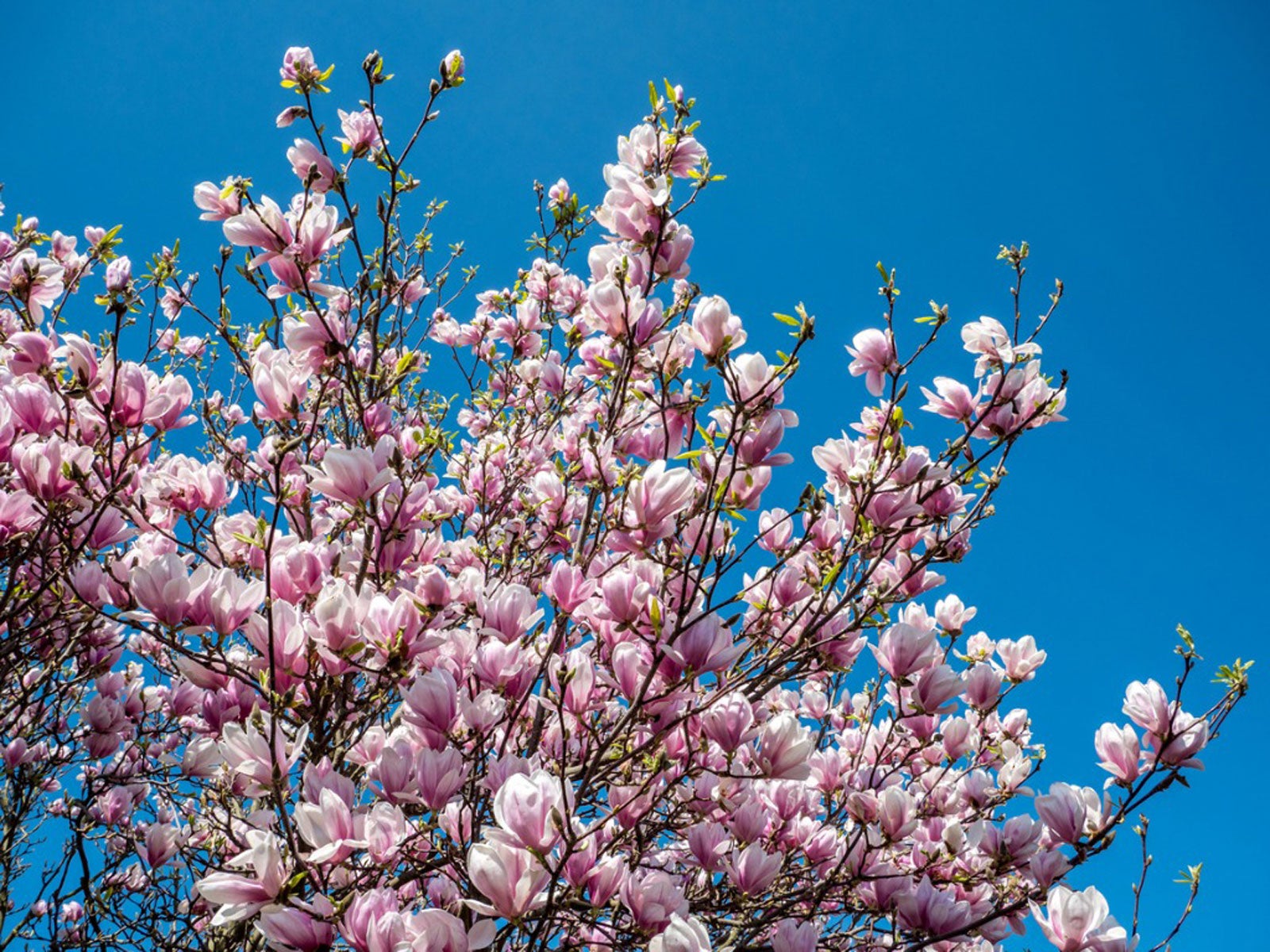
We here at 4AllSeasons have started to notice that some Magnolias are starting to flower now we’ve had some nice weather, and they really are quite beautiful. We think these stunning shrubs and trees are among the best you can have in your garden and so we’ve decided to make them our first ever plant of the month, a feature we will do on this blog that differs from our plant of the week on Facebook, as we’ll go into more detail about them, their history, and how to care for them.
Magnolias are actually ancient flowers, dating back to a time before bees over twenty million years ago! They are believed to have originally been pollenated by beetles. Variants of the species come from all over the globe, including Southeast Asia, North and Central America, and even the West Indies and South America. They are named after the French botanist Pierre Magnol.

It’s also interesting to note that some of the flowers of the Magnolia are considered edible. In parts of England, the flowers of some Magnolias are picked and used as a spicy condiment, while in some Asian cuisine, buds are pickled and used to flavour rice and scent tea. The bark and flower buds of some species have also been used for medicine in China.
When it comes to having your own Magnolias, they are actually quite easy to care for and should definitely be considered for any garden. Their stunning flowers vary in colour from white, pink, magenta, and yellow. They’re also known for having a very nice fragrance. They can be deciduous or evergreen and can range in size from small shrubs to large trees, which is worth taking into consideration. Most marigolds prefer neutral or acidic soil.
If you wish to add a Magnolia tree to your garden, you should know that you will have to be in it for the long-term as they can take several decades to reach their full height and it’s also been known for some species not to flower at all for the first few years, so patience is certainly necessary.

Small magnolias can grow well in pots if you don’t have the right soil nor the room for a large shrub or tree. They need sheltered areas in the gardens as they can become damaged in strong winds. Frost can also damage flowers in the spring. Magnolias thrive best and grow better in fertile, slightly acidic soil in full sun. They have shallow roots so you won’t need a large hole to plant them and it’s best to plant them either in Autumn or Late Spring.
After your magnolia has flowered, it’s important to keep to prune delicately and to remove any broken, diseased, or crossing branches whilst making sure not to be too drastic and not to change the size too much as over-pruning can stress the plant and reduce flowering. You also need to make sure they are kept well-watered in hot weather.
If this article has inspired you and you wish to consider adding Magnolias to your garden, their variant species are available widely in garden centres, nurseries, and online stores all over the country. However, make sure you get the right ones for your garden and take into consideration their shape, your soil you have in your garden, and whether it might be an appropriate time in the year to plant. If you do have any queries or further questions — feel free to get in touch! We’d love to help!
